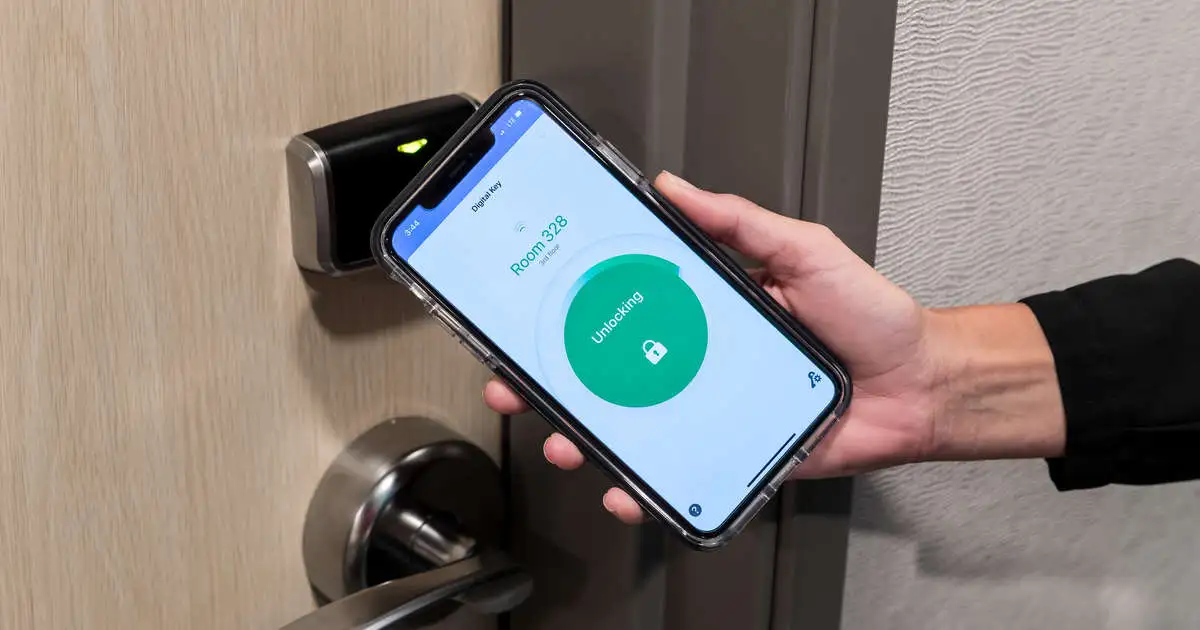
‘Super-bundling’ to double carrier billing to $13.8bn in 2027
Carrier billing has long been talked up as a possible source of additional revenues for carriers, and it finally looks like it might deliver. A study from Juniper Research predicts that carrier billing will reach $13.8 billion (€10.88 billion) by 2027, up 47% from the expected revenues of $9.3 billion in 2023. carrier billing Super-bundling
Over the past decade, mobile operators have seen a decrease in their sources of revenue. Minutes and texts have seen a significant decrease in value, with many operators offering unlimited minutes and texts as part of a subscription offer.
There has also been a decline in premium SMS, where an additional fee is levied on top of the users’ mobile plan to pay for digital content, which has been underway for several years. It is not just the volume of premium SMS declining, but the value as well. This has opened a space in the market for carrier billing, as it is not subject to the barriers for the MNOs, such as refunds, delayed messages, scams, and malware. carrier billing Super-bundling
Carrier billing enables customers to make payments by adding the charge to their phone bill, rather than a payment card or bank transfer.
This rise of 47% is accelerated by MNOs’ (Mobile Network Operators) use of super bundling, which attracts new customers and revenue streams. Super bundling is the combining of multiple different subscriptions into one bill. Content included within super bundling frequently comprises digital gaming, music, news, video and fitness subscriptions. Carrier billing allows these subscriptions to be charged to the end user’s phone bill; rolling them into one single expense.
Attraction and loyalty
As well as increasing revenue, Juniper says the convenience of the payment method could also help operators attract new customers as well as prevent churn.
“The introduction of super bundling allows MNOs to monetise third-party subscription services, creating a more profitable model and lowering the risk of subscriber churn by tying users more deeply within the MNOs’ ecosystem,”
said the report’s author, Michael Greenwood.
Carrier billing is well positioned for this, as it is already a proven recurring billing mechanism. Via carrier billing, subscription services can also access MNO customers, representing large addressable markets, which will be highly appealing to subscription services looking to accelerate their growth.
Carrier billing holds several advantages over traditional payment methods:
No Friction:
Carrier billing is a payment method that has low amounts of friction.
This is because the user does not need to enter several payment details,
simply put in their phone number and complete the authentication steps. This allows some carrier billing vendors to offer a one-click checkout experience.
Security:
Carrier billing has some security advantages over traditional online
payment methods. The main one is that there is no need to enter personal
financial information, such as card details. That means that the only information at
risk is the user’s phone number. Many carrier billing providers also utilise MFA (Multi-factorAuthentication).
Increased Conversion:
This is a product of the lack of friction of carrier billing. As
there are fewer steps on the checkout process, there are fewer opportunities to
second-guess their purchase; leading to reduced cart abandonment. This results in more consumers who add items to a basket purchasing those items. This also leads to more impulse buys, due to the ease of checkout.
Upfront Fees:
For carriers, one of the biggest advantages is the lack of upfront fees.
Most carrier billing providers operate on a nominal fee per transaction or on a
subscription basis. This removes the upfront costs of adopting a new payment methods
Japan is one of the largest markets for carrier billing, with many established players. For vendors looking to enter a market or grow their presence, standing out against this competition will be key. Integration into the main Japanese eCommerce sites, such as Amazon Japan and Rakuten, will be key for creating seamless experiences for consumers. There is also the opportunity for vendors to offer content bundling to the MNOs to make the offering more appealing. This can take advantage of Japan’s large entertainment industry by including subscriptions to streaming services or video game libraries.








